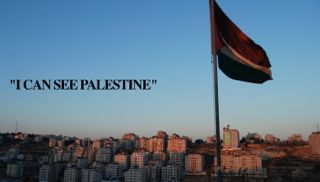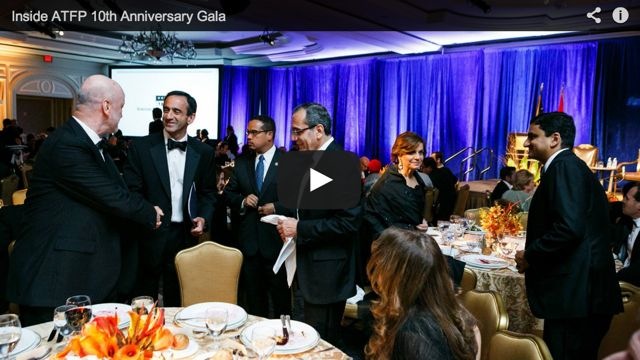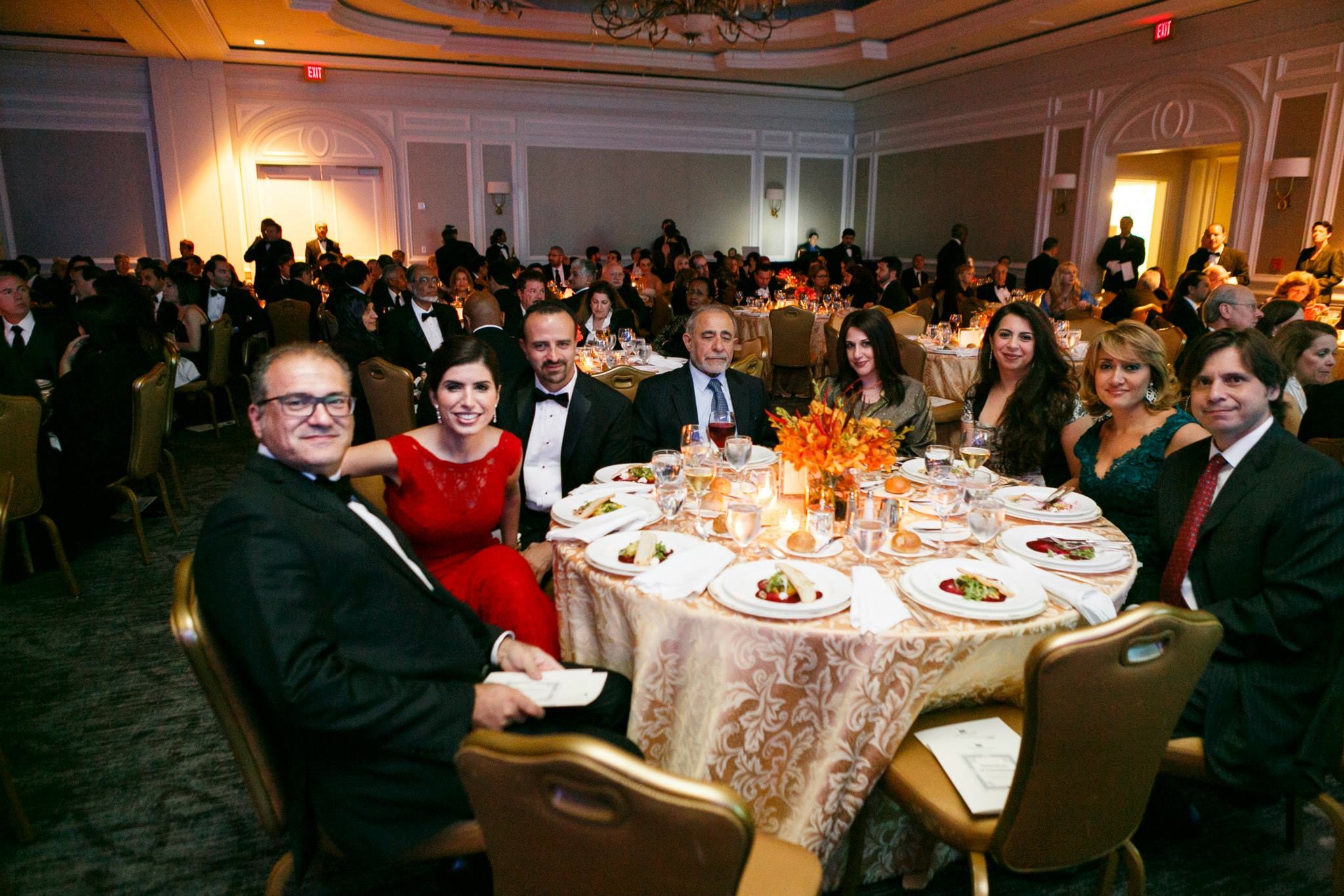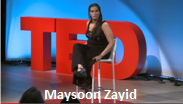During the past decade, various scholars have called attention to the growing
involvement of military forces in controlling the border. This phenomenon,
commonly referred to as “militarization of the border” (e.g. Andreas, 1996; Brownell,
2001; Dunn, 1996, 1999, 2001; Palafox, 1996), reflects the increasing influence of a
“paradigm of suspicion” (Shamir, 2005) that determines the “license to move” and to
cross borders in proportion to the degree to which the agents of mobility are suspected
of representing a threat.
As a consequence border-zones and especially border-checkpoints in recent
years have come function as security buffer-zones, oriented toward closure and to the
blocking of access (Cunnigham, 2004; Shamir, 2005), and consequently, have come
to be increasingly dominated by a military rational and a militaristic mode of action.
While this development has raised growing concerns regarding its costs and
consequences, for example, in the repeated violations of human rights (Huspek et al.,
1998; Palafox, 1996) and in the frequent use of violence against civilians (Dunn,
2001), the involvement of military forces at the border raises further questions and
complexities that have gone largely unexamined.
In this article, I would like to propose that the recurrent encounters between
military forces and civilians at the border-zones have transform them into
civilian/military hybrid spaces that are characterized by inherent tensions between (at
least) two distinct systems of discourse and practice: those of the unprivileged
civilians who struggle to cross the border and thereby improve their life opportunities,
and those of the privileged, who try to standardize and even entirely prevent such
border crossings--mainly for security, economic and political reasons.
Consequently, such a transformation of the border raises a number of
questions: First, how are such hybrid border-zones being managed and controlled by
the soldiers? This question relates to the actual mechanisms the military employs at
the border and focuses on the actual performance of soldiers in their border missions.
Furthermore, it is especially interesting in examining whether the soldiers import their
conventional militaristic modes of action to their border posts or whether they adopt
certain modifications and restraints in response to the civilian facet of their border
missions? Second, what kinds of tensions emerge as a consequence of the
transformation of the border into a multifaceted social sphere and what are the points
of friction between the soldiers and civilians? And third, what are the intended and
unintended social dynamics that characterize the border and can we identify certain
dynamics that challenge the inherent oppositions embodied in such hybrid borderzones?
To download the full paper please click below:
| Attachment | Size |
|---|---|
| 046.pdf | 87.92 KB |
Hebrew University of Jerusalem – Department of Sociology and Anthropology - February 24, 2006 - Back to Resources Page
Did we miss something?
Click here to suggest a state building resource to be added to our fast-growing archive!
















